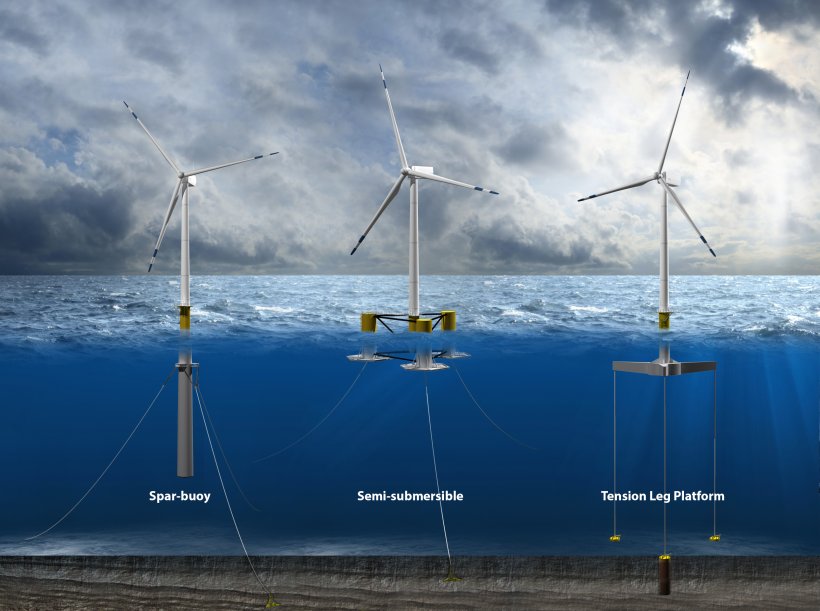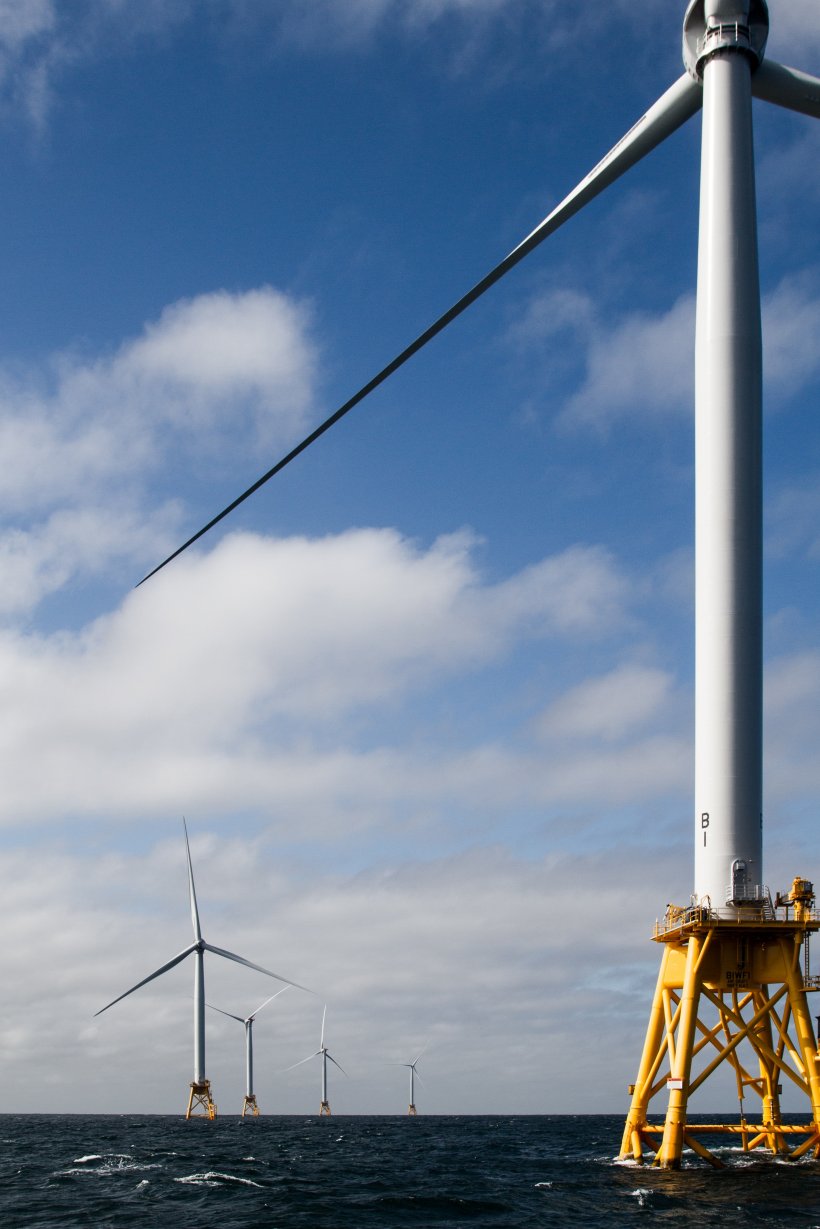
The latest blog in our “Top Things You Didn’t Know About Energy” series is brought to you by the Office of Energy Efficiency and Renewable Energy.

This map was produced by the National Renewable Energy Laboratory using modeled wind resource estimates developed via the Wind Integration National Dataset (WIND) Toolkit and is intended for general educational purposes only. Map from WINDExchange.
10. Offshore Wind Resources Are Abundant: Offshore wind has the potential to deliver large amounts of clean, renewable energy to fulfill the electrical needs of cities along U.S. coastlines. Under conditions that foster offshore wind utilization, the National Renewable Energy Laboratory estimates that the technical resource potential for U.S. offshore wind is more than 4,200 gigawatts of capacity, or 13,500 terawatt-hours per year of generation.

Illustration showing the history of wind turbine height to 2035 goal. Illustration by Josh Bauer, NREL
9. Offshore Wind Turbines Can Be Extremely Tall: In order to capture the abundant wind resources available offshore, offshore turbines can be scaled up to one-and-a-half times the height of the Washington Monument, with blades the length of a football field.
8. The United States is Building an Offshore Wind Supply Chain: Deploying 30 GW of offshore wind will require over 2,000 wind turbines and foundations, 6,800 miles of cable, and dozens of specialized vessels. In the first year following the passage of the Inflation Reduction Act, the domestic offshore wind industry invested $2.7 billion in ports, vessels, supply chain, and transmission.

Map showing location of U.S. investments in ports, component manufacturing facilities, and vessels for offshore wind. Illustration by John Frenzl, National Renewable Energy Laboratory.
7. The U.S. Offshore Wind Industry is Ready for Takeoff: The U.S. Department of Energy (DOE) works collaboratively with industry and academia to address research challenges that are unique to U.S. offshore wind (like hurricanes) and to understand and address market barriers such as environmental impacts, logistical challenges, siting and permitting, and infrastructure development.

Transmission of offshore wind energy relies on equipment such as undersea cables to carry power back to the mainland. Illustration by Josh Bauer, NREL.
6. Offshore Wind Farms Use Undersea Cables to Transmit Electricity to the Grid: Electricity produced by offshore wind turbines travels back to land through a series of cable systems that are buried in the sea floor. This electricity is channeled through coastal load centers that prioritize where the electricity should go and distributes it into the electrical grid to power our homes, schools, and businesses.
5. The Majority of U.S. Offshore Wind Resources Are in Deep Waters: The bulk of the nation’s offshore wind resources, about two-thirds, are in areas where the water is so deep that conventional foundations—large steel piles or lattice structures fixed to the seabed—are not practical. U.S. offshore wind projects are developing a variety of different foundations suited to unique conditions at each site.
4. Offshore Wind Turbines Can Float: A number of companies are developing innovative floating offshore wind platforms for use in deep waters. Four kinds of floating platforms are spar-buoy, tension leg platform, semi-submersible, and barge. About 80% of projects plan to use semi-submersible platforms. In 2022, DOE launched an Energy Earthshot™ to reduce the cost of floating offshore wind in deep waters, far from shore, 75% by 2035.
3. Offshore Wind is Right on Time: In many areas where offshore wind projects are planned, offshore wind speeds are highest during the afternoon and evening, when consumer demand is at its peak. Most land-based wind resources are stronger at night when electricity demands are lower.

Map showing the 2010 population distribution in the United States and Puerto Rico. Graphic by U.S. Census Bureau.
2. Offshore Wind Resources are Near Most Americans: Nearly 80 percent of the nation’s electricity demand occurs in the coastal and Great Lakes states—where most Americans live. Offshore wind resources are conveniently located near these coastal populations; for example, in the Northeastern United States where some of the nation’s first offshore wind projects are planned. Wind turbines off coastlines use shorter transmission lines to connect to the power grid than many common sources of electricity.
1. Offshore Wind is Here in America: In December 2016, Deepwater Wind completed the commissioning of the 30-MW Block Island Wind Farm, marking a milestone as the nation’s first commercial offshore wind project. In 2020, the 12-MW Coastal Virginia Offshore Wind pilot became the second operational U.S. offshore wind project. Additionally, there are about 40 offshore wind projects in various stages of development across the United States.
Learn More
By Liz Hartman, the Communications Lead for DOE’s Wind Energy Technologies Office, Energy.Gov
I don’t like paywalls. You don’t like paywalls. Who likes paywalls? Here at CleanTechnica, we implemented a limited paywall for a while, but it always felt wrong — and it was always tough to decide what we should put behind there. In theory, your most exclusive and best content goes behind a paywall. But then fewer people read it! We just don’t like paywalls, and so we’ve decided to ditch ours. Unfortunately, the media business is still a tough, cut-throat business with tiny margins. It’s a never-ending Olympic challenge to stay above water or even perhaps — gasp — grow. So …







